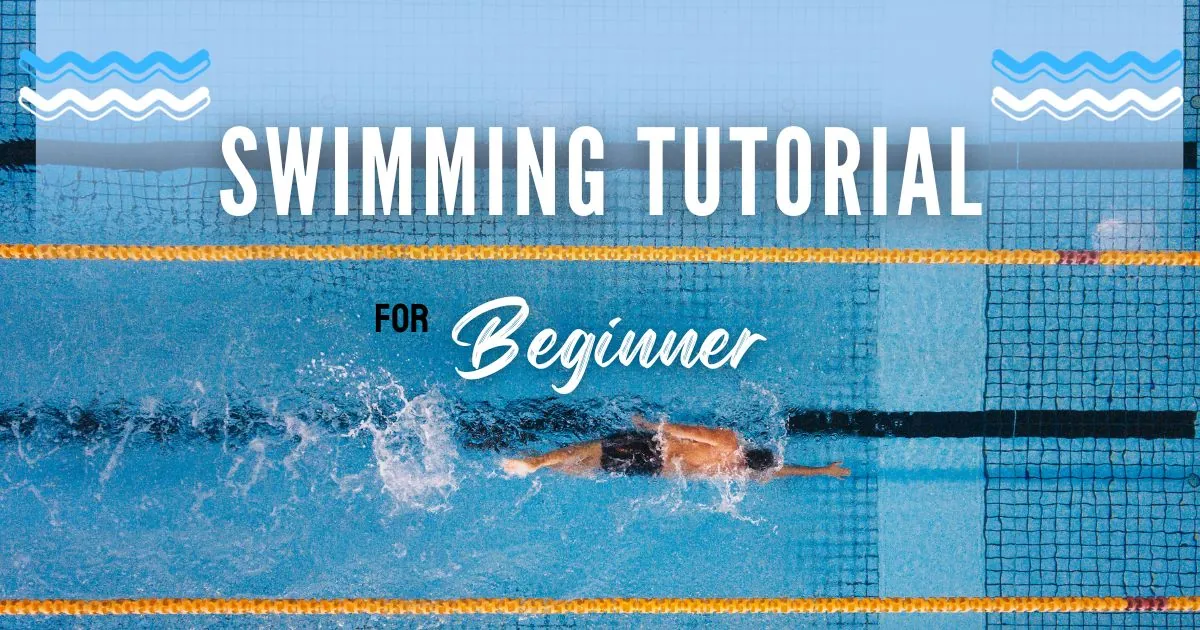Tips for Adults Who Want to Start Swimming
Are you an adult between the ages of 25 and 35 looking for a low-impact way to stay fit and possibly shed some extra pounds? Do you happen to have joint problems or injuries that make traditional exercise routines a challenge? If so, you’re in the right place! In this article, we’ll explore why swimming is an excellent choice for you and provide valuable tips to assist you in embracing this approach to staying active.
Why Swimming Is Your Answer
Swimming isn’t just a dip in the pool; it’s a fantastic full-body workout that’s gentle on your joints. This makes it ideal for those with joint problems or injuries. Here’s why you should consider taking the plunge:
- Low-Impact: Unlike high-impact sports, swimming is easy on the joints. It reduces the risk of injury, making it suitable for individuals with joint issues.
- Cardio and Strength: Swimming provides a perfect balance of cardiovascular exercise and strength training. You’ll work your heart, lungs, and muscles all in one go.
- Calorie Burn: Swimming can help you torch calories without breaking a sweat (literally!). A 30-minute swim can burn up to 300 calories, making it an effective option for weight management.
- Stress Relief: The soothing properties of water are well-known. Swimming can help you relax and relieve stress, making it a great choice for winding down after work or on weekends.
Now that you’re convinced that swimming is the way to go, let’s address some common misconceptions:
Remove False Expectations
Before we dive into tips and techniques, let’s get a few things straight:
- Diet Matters: Swimming alone won’t lead to major physique changes. If you’re aiming for weight loss, remember that diet plays a crucial role. Combining swimming with a balanced diet will yield the best results.
- Intense Workouts Improve Speed: If you dream of becoming the next Lenny Krayzelburg, keep in mind that improving your swimming speed requires focused, technique-driven workouts. It won’t happen overnight, but with dedication, you can make significant progress.
Tips Before You Start Exercising
1. Consult a Physician
If you have any health problems, consult a physician before taking up swimming. He can provide guidance on what level of swimming is safe for you.
2. Invest in the Right Equipment
Ensuring your swimming experience is comfortable and enjoyable means having the proper gear. For both men and women, a well-fitting swimsuit and goggles are must-haves. Additionally, consider using a swim cap to keep your hair out of the way and enhance your swim.
3. Find a Suitable Pool
Look for a pool near your home or workplace that offers convenient hours for your schedule. This will make it easier to stick to your swimming routine.
4. Learn Basic Swim Strokes
If you’re a novice, consider enrolling in beginner swim lessons. Learning proper technique from the start will prevent bad habits and reduce the risk of injury.
Workout Tips
1. Start Slow
Don’t push yourself too hard in the beginning. Begin with short, manageable sessions and gradually increase your workout duration as your stamina improves.
2. Mix Up Your Strokes
Variety is the spice of swimming! Different strokes work different muscle groups. Incorporate freestyle, breaststroke, backstroke, and butterfly to engage your entire body.
3. Set Realistic Goals
Whether you’re swimming for weight loss, fitness, or stress relief, set achievable goals. Track your progress and celebrate your milestones along the way.
4. Don’t Skip Warm-ups and Cool-downs
Just like any other exercise, warm-ups and cool-downs are crucial. Stretch your muscles before and after swimming to prevent cramps and injury.
Tips for Actions or Behaviors Between Workouts
1. Stay Hydrated
Swimming can be dehydrating, so make sure to drink enough water throughout the day to stay properly hydrated.
2. Eat a Balanced Diet
Support your swimming efforts with a balanced diet rich in nutrients. Lean proteins, fruits, and vegetables should be your go-to choices.
3. Rest and Recover
Your body needs rest to rebuild and recover. Aim for 7-8 hours of quality sleep each night to help your muscles recuperate.
In Brief
To sum up, swimming presents an exceptional option for low-impact exercise among adults aged 25-35, particularly those dealing with joint problems or injuries. It delivers a comprehensive workout, aids in weight control, and offers stress relief. Prioritize realistic goals, consult a physician when necessary, and adhere to these guidelines to maximize your swimming experience. So, don your swimsuit and immerse yourself – a world of fitness possibilities awaits!






